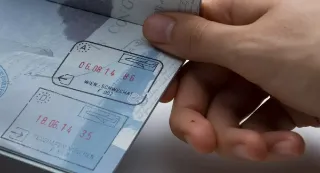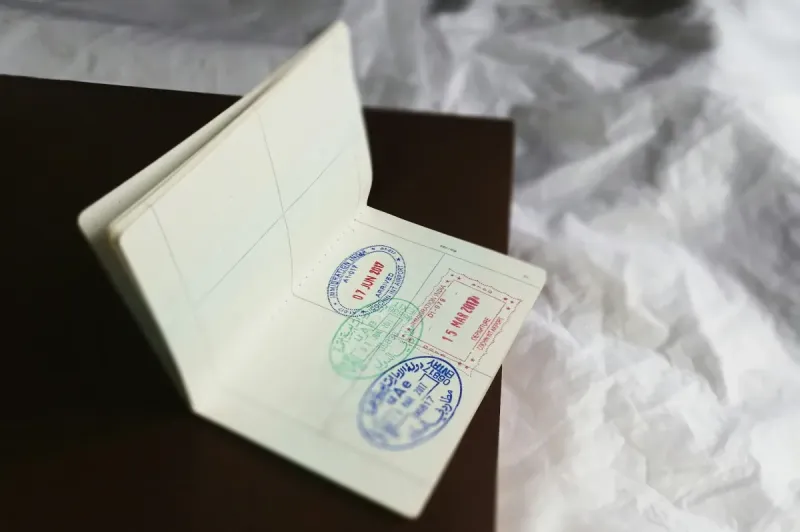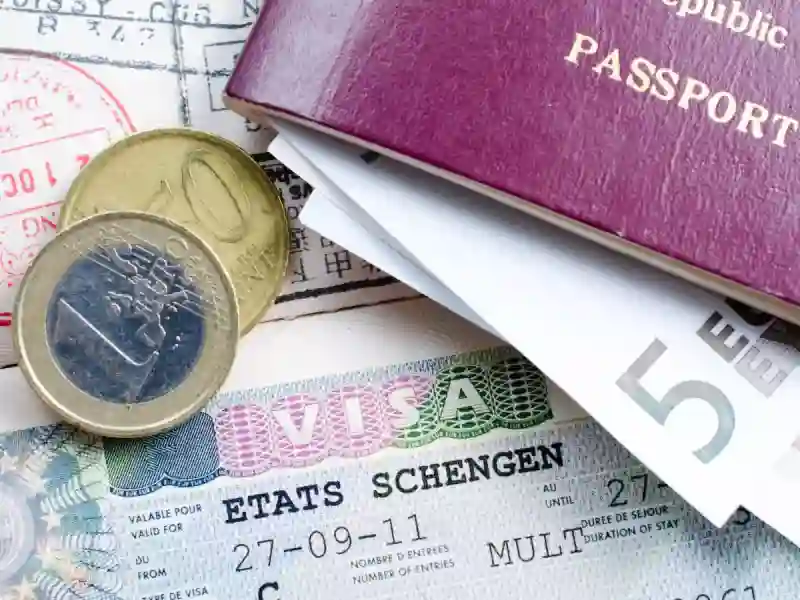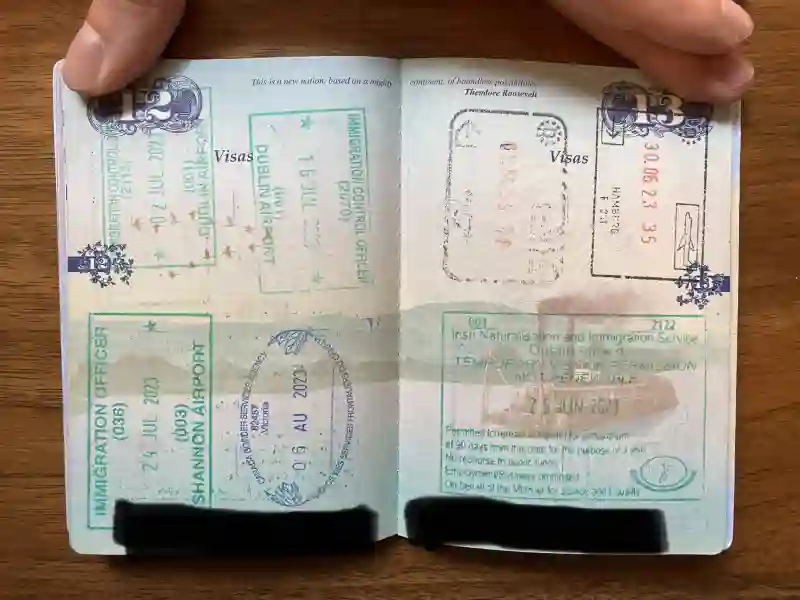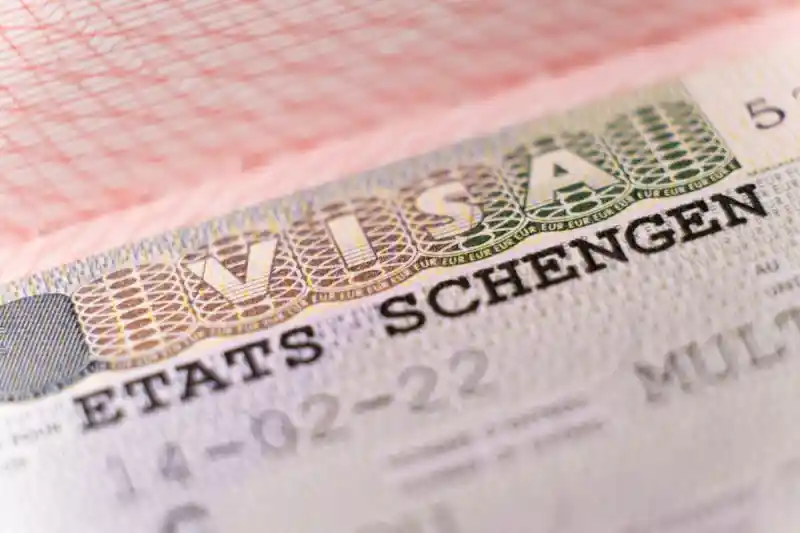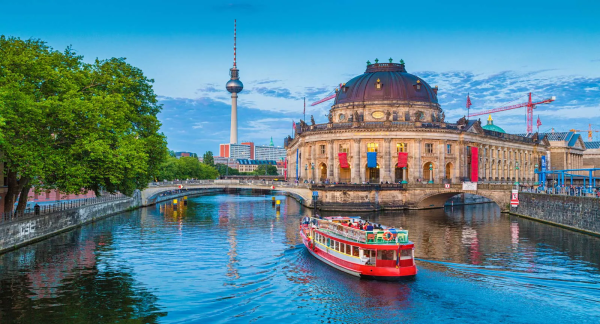So, you've figured out you need a Schengen visa to embark on your European adventure. Awesome! Now, let's explore the different types of Schengen visas available, each designed for a specific purpose. Think of it like choosing the right train ticket for your journey – you need to pick the one that gets you to your destination and allows you to do what you want once you're there!
1. Short-stay visa (Type C):
This is the most common type of Schengen visa, and it's your go-to if you're planning a relatively short trip to Europe. It's perfect for vacations, visiting friends and family, attending conferences, or even quick business trips. Think of it as your all-access pass to explore the wonders of Europe for a limited time.
- Purpose: Tourism, business, visiting family or friends, short-term studies, medical treatment, etc. Basically, anything that falls under the umbrella of a temporary visit.
- Duration: Up to 90 days within a 180-day period. That's three whole months to soak up the sun on the beaches of Greece, wander through the charming streets of Italy, or indulge in delicious tapas in Spain!
- Allowed Activities: Sightseeing, attending conferences or meetings, visiting loved ones, taking short courses, receiving medical treatment – the possibilities are endless!
2. Long-stay visa (Type D):
This is the visa you'll need if you're planning a longer stay in a specific Schengen country, usually for more than 90 days. It's typically used for purposes like work, study, family reunion, or even retirement. It's like your key to establishing a temporary life in a Schengen country.
- Purpose: Work, study, family reunion, research, religious activities, etc.
- Duration: The duration of a long-stay visa can vary depending on the reason for your stay and the country you're applying to. It can be valid for several months or even years.
- National Visa Connection: Think of this as a two-step process. The long-stay visa gets you into your chosen Schengen country, but once you're there, you'll usually need to apply for a national residence permit to stay beyond the initial visa validity period. It's like getting your foot in the door, then getting the keys to the house!
3. Airport transit visa (Type A):
This one's for the jet-setters who are just passing through a Schengen airport on their way to a non-Schengen country. It allows you to stay in the international transit area of the airport without actually entering the Schengen Area itself.
- Purpose: Transit through a Schengen airport without entering the Schengen Area.
- Who Needs it: Not everyone needs an airport transit visa. It depends on your nationality and the specific Schengen country you're transiting through. It's always best to double-check the requirements before you book your flights.
Single-entry, Double-entry, and Multiple-entry Visas: What's the Difference?
Now, within each of these main visa categories, you'll also have the option to choose between single-entry, double-entry, or multiple-entry visas.
Single-entry visa: This allows you to enter the Schengen Area only once. Once you leave, the visa expires, even if you haven't used up all 90 days of your permitted stay.
Double-entry visa: This allows you to enter and exit the Schengen Area twice within its validity period.
Multiple-entry visa: This is the most flexible option, allowing you to enter and exit the Schengen Area multiple times within its validity period. It's perfect for frequent travelers or those who want the freedom to explore neighboring countries during their trip.
The type of entry you'll need depends on your travel plans. If you're only planning one trip to the Schengen Area, a single-entry visa will suffice. But if you plan on visiting multiple Schengen countries or making several trips within a certain period, a multiple-entry visa might be a better option.
So, there you have it – the different types of Schengen visas explained! Remember, choosing the right visa is crucial for a smooth and hassle-free trip. Consider your travel plans carefully, and if you're still unsure, don't hesitate to reach out to VisaTitans for expert guidance.
1. Valid Passport
Your passport is your most important travel document, your key to unlocking the world! Make sure your passport is valid for at least three months beyond your planned stay in the Schengen Area. Also, make sure you have at least two blank pages in your passport for the visa sticker. If your passport is expiring soon or looking a bit worse for wear, it's time for a renewal before you even think about applying for a visa.
2. Completed and Signed Visa Application Form
This is the official form where you'll provide all your personal details, travel information, and reasons for visiting the Schengen Area. You can usually download this form from the website of the embassy or consulate of the country you're applying to. Fill it out carefully, be thorough, and double-check for any errors.
3. Passport-Sized Photo
It's time for your close-up! You'll need a recent passport-sized photo that meets the specific Schengen visa photo requirements. Think passport photo, not a glamorous selfie! It needs to be recent (taken within the last 6 months), a certain size, with a plain background, and show your full face without any obstructions like hats or sunglasses (unless you wear them for medical reasons).
4. Proof of Sufficient Funds
This is to show the Schengen authorities that you have enough money to support yourself during your stay. They want to make sure you won't be struggling to make ends meet or, worse, becoming a burden on any of the Schengen states. You'll typically need to provide bank statements, payslips, or other financial documents that demonstrate your financial stability.
5. Travel Itinerary
Think of this as your European adventure plan. You'll need to outline your day-to-day activities, including where you'll be staying each night and the main attractions or cities you plan to visit. This helps the visa officer understand your travel plans and ensures you have a solid plan in place.
6. Travel Medical Insurance
This is a must-have for all Schengen visa applicants. Your travel insurance needs to cover medical expenses up to at least €30,000 (that's about $33,000 USD) and be valid for the entire duration of your stay in the Schengen Area. It's like a safety net in case of any unexpected medical emergencies. So don't forget this one!
Why These Documents Matter
- Valid Passport: It's your primary identification document and proves your citizenship. The validity requirement ensures you won't get stuck in the Schengen Area with an expired passport.
- Completed Application Form: This provides all the necessary information about you and your trip to the authorities.
- Photo: The photo helps them identify you and ensures it's really you on the visa.
- Proof of Funds: This shows you can financially support yourself during your trip and won't rely on public funds.
- Travel Itinerary: This demonstrates your travel plans and helps confirm that you intend to leave the Schengen Area before your visa expires.
- Travel Insurance: This is crucial for covering any unexpected medical expenses, ensuring you won't burden the healthcare system of the Schengen country you're visiting.






